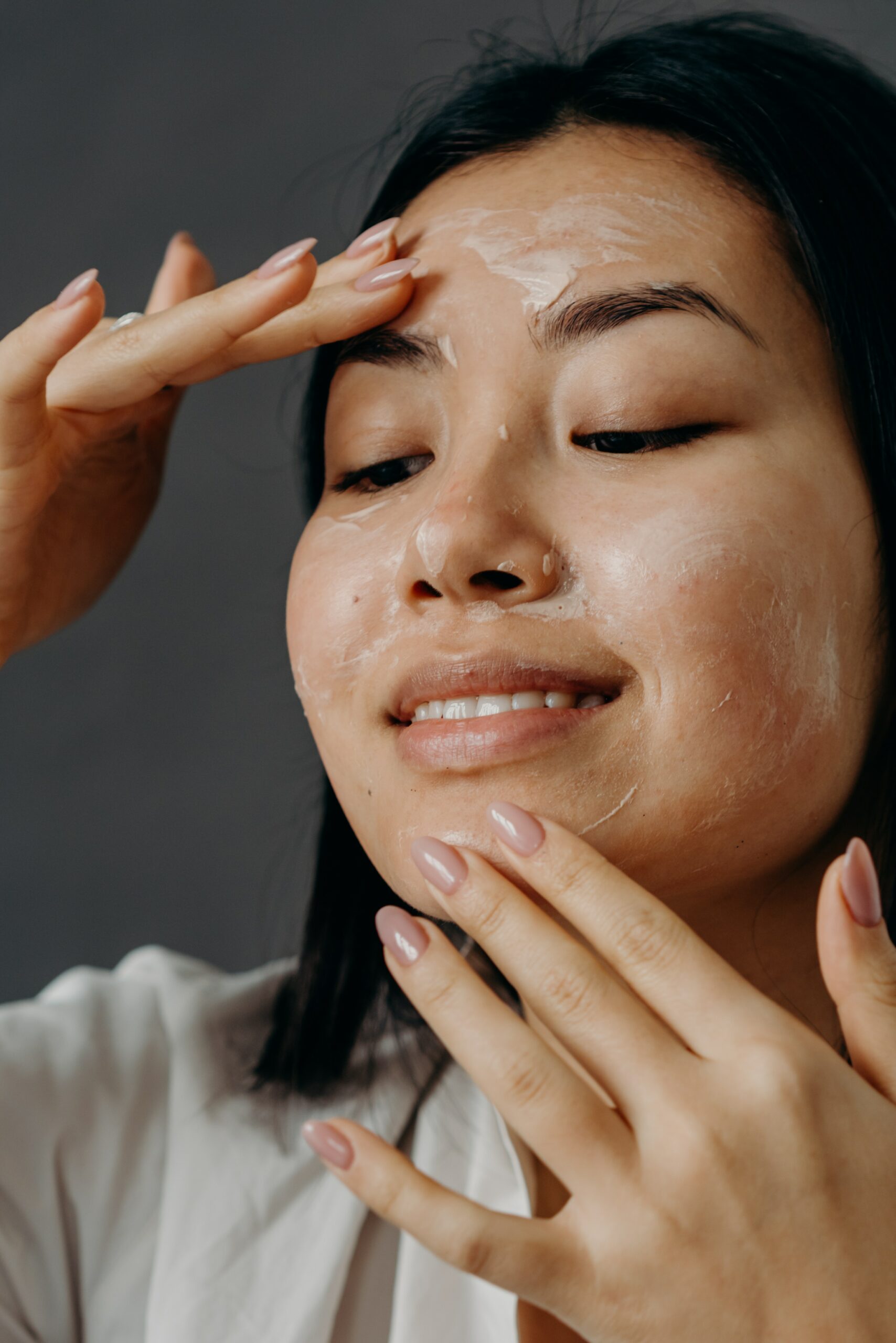What is fungal acne?
Infection of the hair follicles by fungi causes fungal acne. Malassezia folliculitis or pityrosporum folliculitis are the scientific names for this condition.
Fungal acne on the face is caused by an overgrowth of a yeast called Malassezia, which is found on the surface of every human. Fun fact: Malassezia is classified biologically as fungus (hence the name, fungal acne).
What does fungal acne look like?
Malassezia overgrowth results in small, raised, solid bumps on the skin, fungal acne on face, which can create whiteheads and skin irritation. It frequently mimics acne vulgaris, colloquially referred to as ‘regular acne,’ which is characterized by overactive oil glands at the hair follicle tips and closed pores.

What are fungal acne symptoms?
Understanding the type of acne you have is critical for effective treatment. Simple acne treatment will not work on fungal acne because the treatment is aimed at a different source.
Due to the comparable appearance of this to regular acne, it might be difficult to determine what you’re dealing with right away. Fortunately, there are a few indicators to keep an eye out for:
Fungal acne symptoms
1. Look for minute whiteheads approximately the size of a pinpoint (less than a centimeter in diameter – very tiny!)
2. Fungal acne typically manifests in groups, which is amusing.
3. It is frequently itchy.
4. Fungal acne most commonly affects the chest, shoulders, and back. It is not as prevalent on the face (but it can happen).
Naturally, if in doubt, see your dermatologist or physician. They will undoubtedly understand your predicament!
What are the causes of fungal acne?
Moisture is the primary cause! The primary causes of fungal acne that are moisture-related are as follows:
Wearing sweaty garments – such as training attire – for an extended period of time promotes yeast growth. Re-wearing gym clothes without cleaning them expose your skin to fungus that have developed on the garments.
Restricted, non-breathable clothing — can result in increased sweat and moisture, promoting yeast growth.
Warm, humid climates — If you live in a hot, humid area where you are more prone to sweat
Additional causes:
Genetics – inclined to yeast overgrowth.
A weakened immune system – chronic immuno-compromising illnesses such as diabetes and HIV.
How to get rid of fungal acne
Fungal acne treatment
Utilize a dandruff shampoo as a body wash – while this is not the intended use for dandruff shampoo, it can be an excellent method of treating and preventing fungal acne. Utilizing a dandruff shampoo with pyrithione zinc or selenium sulfide will aid in the maintenance of a healthy yeast and bacteria balance on your skin. Utilize many times per week during a breakout and perhaps once per week as a preventative measure.
Shower frequently – even more so after a sweaty exercise session! This can assist in washing away or preventing the extra yeast that begins to grow when your body becomes perspiring and moisture becomes trapped. Can’t go to a shower for an extended period of time? Consider the age-old wet wipe shower! The wet wipes will assist in removing sweat and oil and preventing moisture buildup until you can shower.
Dress in looser, more breathable clothing – especially if you’re going to be working up a sweat. Clothing that is loose and breathable will assist prevent moisture from being trapped and will promote healthy air circulation.

Exfoliate! – dead skin cells, extra debris, and oil can all contribute to yeast growth is increased. Regular use of a body exfoliant (particularly post-workout) will take care of you!
Consider using an athlete’s foot cream — trust us on this one! It turns out that athlete’s foot is caused by a fungus that is also responsible for it. Utilizing an over-the-counter antifungal cream (such as athlete’s foot lotion) can assist in the treatment. Ketoconazole, butenafine, or clotrimazole are all important compounds to search for.
Utilize prescription antifungal medication – your dermatologist or physician can assist you with this. If you’ve been battling this for a couple of weeks and haven’t seen any improvement, they’ll be able to prescribe medication that specifically targets the hair follicles and eliminates the infection.
How can I avoid developing fungal acne forehead?
While fungal acne forehead or anywhere on the body cannot be totally prevented, the following methods may help minimize the likelihood of recurrence:
Utilize fungal acne shampoo or dandruff shampoo on a daily basis: This daily rinse with fungal acne shampoo or dandruff shampoo may assist in maintaining a healthy yeast balance on your skin. Once the breakout has cleared, you can reduce your use of the shampoo as a body wash to once a week.
Wear textiles that are breathable: Breathable materials promote airflow, which can help reduce the number of warm, damp situations conducive to fungus growth. Consider wearing similar sorts of clothing if changing your wardrobe alternatives helps alleviate it.
After sweating, take a shower: After a workout or a sweaty day at work, a brief rinse can help prevent yeast growth difficulties.
Consume a well-balanced diet: Because yeast and other fungi thrive on sweet carbs, it is important to balance your diet with fruits, vegetables, and proteins to help prevent overgrowth.
The gist
Fungal acne is a form of infection caused by an excess of yeast in the hair follicles. Contrary to its name, this is not the same as acne, which generates whiteheads and blackheads.
Anti-acne medications that are typically used to treat acne will not work on it. Rather than that, you must accurately identify this form of infection in order to treat it effectively.
Acquiring knowledge about how to recognize this particular form of skin illness can also assist you in preventing future breakouts.

FAQs
What are some of the best fungal acne products?
Some of the best products to treat it are:
- Ketoconazole lotion
- Clotrimazole cream
- Econazole nitrate cream

